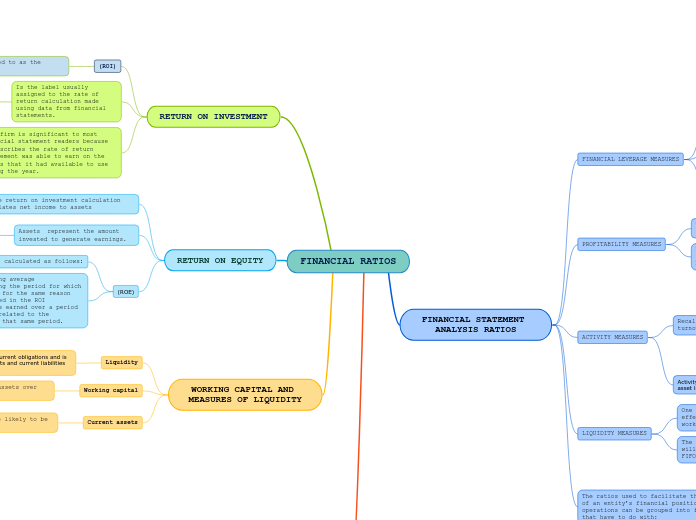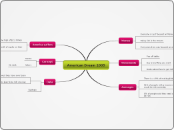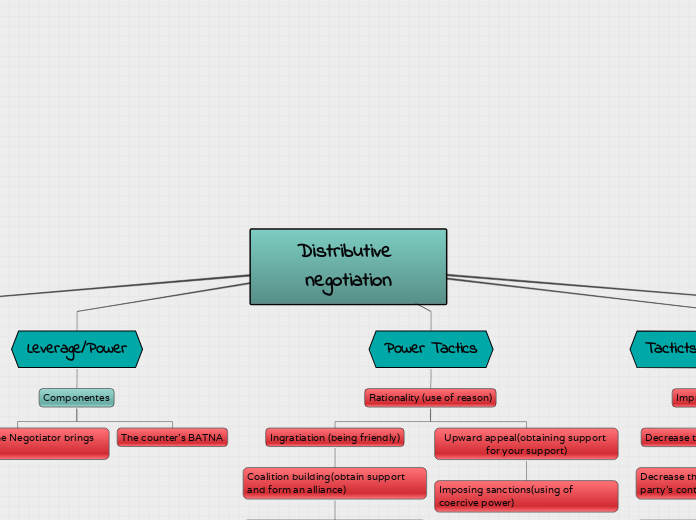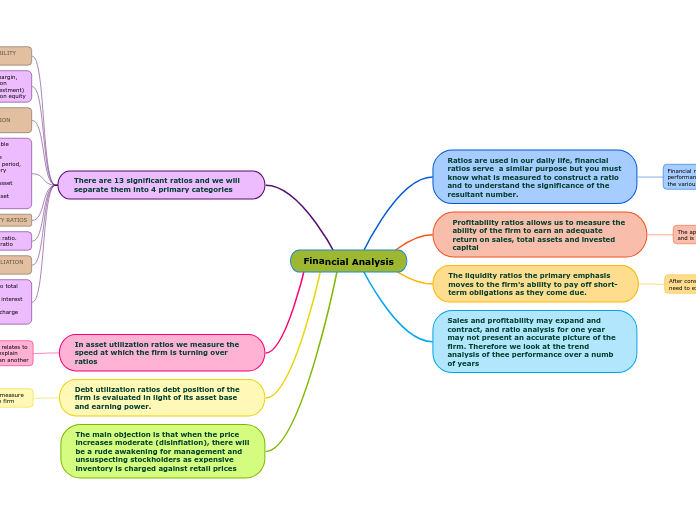av Angela MarcelaMartínez Rodríguez för 4 årar sedan
1220
FINANCIAL RATIOS
Financial ratios are essential tools for analyzing a company's performance and financial health. These ratios are typically categorized into profitability, liquidity, financial leverage, and activity measures.









